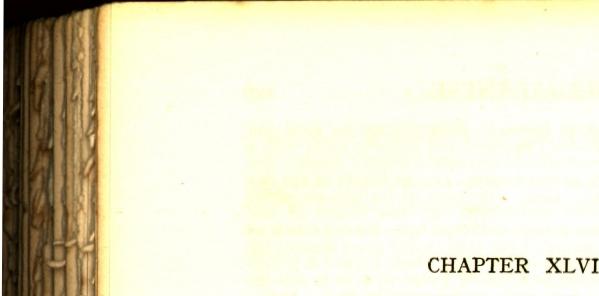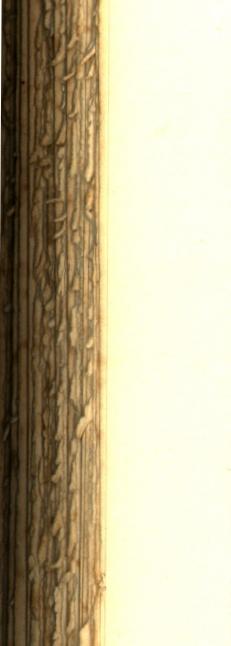No doubt has been cast upon the belief that the small, white, silky Canis Melitreus is the most ancient of all the lap dogs of the Western world. It was a favourite in the time of Phidias ; it was an especial pet of the great ladies of Imperial Rome. It appears to have come originally from the Adriatic island of Melita rather than from the Mediterranean Malta, although this supposition cannot be verified. There is, however, no question that it is of European origin, and that the breed, as we know it to-day, has altered exceedingly little in type and size since it was alluded to by Aristotle more than three hundred years before the Christian era. One may gather from various references in literature, and from the evidence of art, that it was highly valued in ancient times. " When his favourite dog dies," wrote Theophrastus in illustration of the vain man, " he deposits the remains in a tomb, and erects a monument over the grave, with the inscription, ` Offspring of the stock of Malta.' "
The " offspring of the stock of Malta " were probably first imported into England during the reign of Henry VIII. It is certain that they were regarded as " meet playfellows for mincing mistresses " in the reign of Elizabeth, whose physician, Dr. Caius, alluded to them as being distinct from the Spaniel, " gentle or comforter."
Early writers aver that it was customary when Maltese puppies were born to press or twist the nasal bone with the fingers " in order that they may seem more elegant in the sight of men "-a circumstance which goes to show that our fore
THE MALTESE DOG 297
fathers were not averse to improving artificially the points of their dogs.
The snowy whiteness and soft, silky texture of its coat must always cause the Maltese dog to be admired ; but the variety has never been commonly kept in England-a fact which is, no doubt, due to the difficulty of breeding it and to the trouble in keeping the dog's long jacket clean and free from tangle. Thirty or forty years ago it was more popular as a lap dog than it has ever been since, and in the early days of dog shows many beautiful specimens were exhibited. This popularity was largely due to the efforts of Mr. R. Mandeville, of Southwark, who has been referred to as virtually the founder of the modern Maltese. His Fido and Lily were certainly the most perfect representatives of the breed during the decade between 186o and 1870, and at the shows held at Birmingham, Islington, the Crystal Palace, and Cremorne Gardens, this beautiful brace was unapproachable.
It is a breed which to be kept in perfection requires more than ordinary attention, not only on account of its silky jacket, which is peculiarly liable to become matted, and is difficult to keep absolutely clean without frequent washing, but also on account of a somewhat delicate constitution, the Maltese being susceptible to colds and chills. If affected by such causes, the eyes are often attacked, and the water running from them induces a brown stain to mar the beauty of the face. Skin eruptions due to unwise feeding, or parasites due to uncleanliness, are quickly destructive to the silky coat, and constant watchfulness is necessary to protect the dog from all occasion for scratching. The diet is an important consideration always, and a nice discernment is imperative in balancing the proportions of meat and vegetable. Too much meat is prone to heat the blood, while too little induces eczema. Scraps of bread and green vegetables well mixed with gravy and finely-minced lean meat form the best dietary for the principal meal of the day, and plenty of exercise is imperative.
THE MALTESE DOG AND THE PUG


